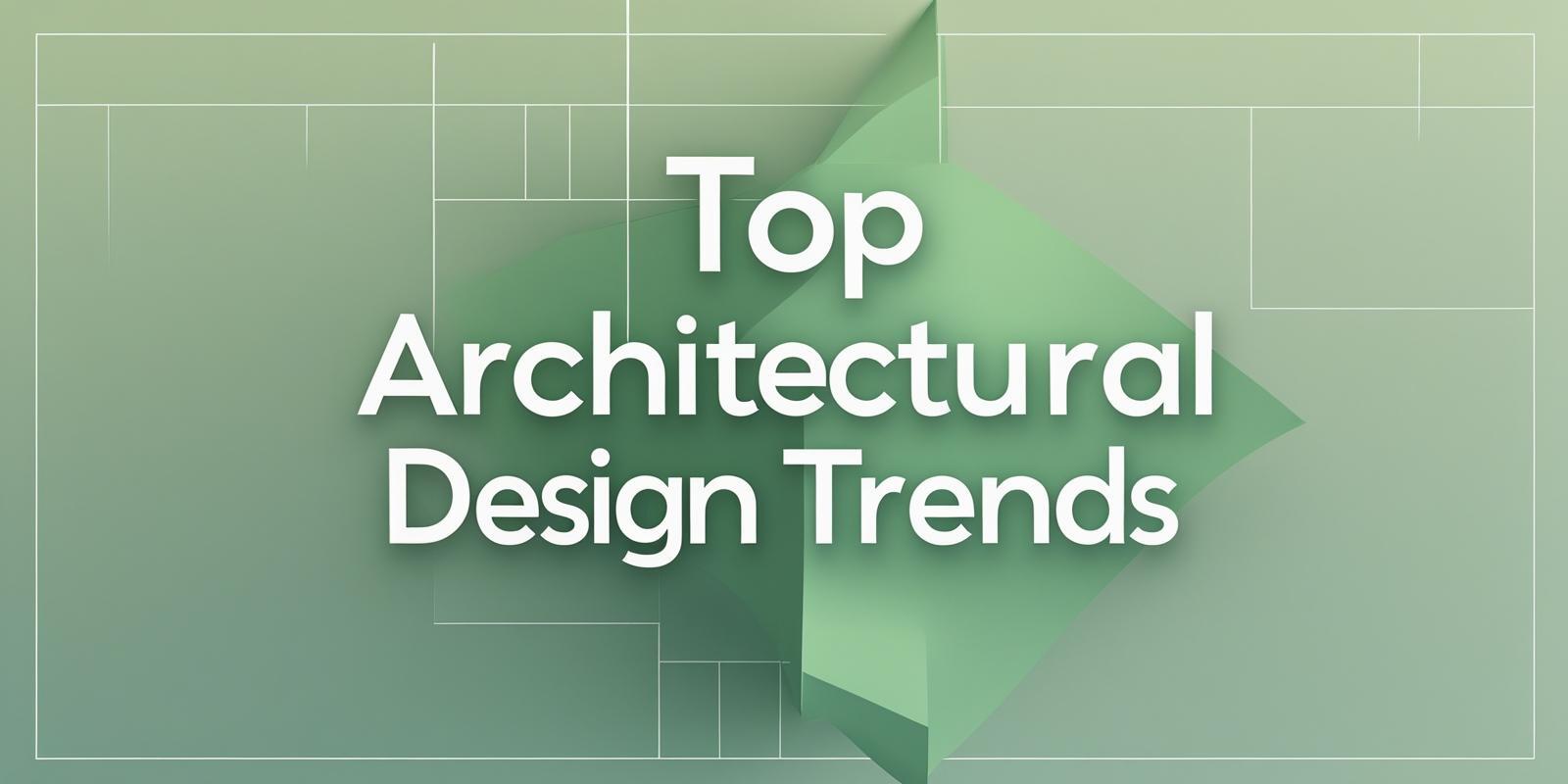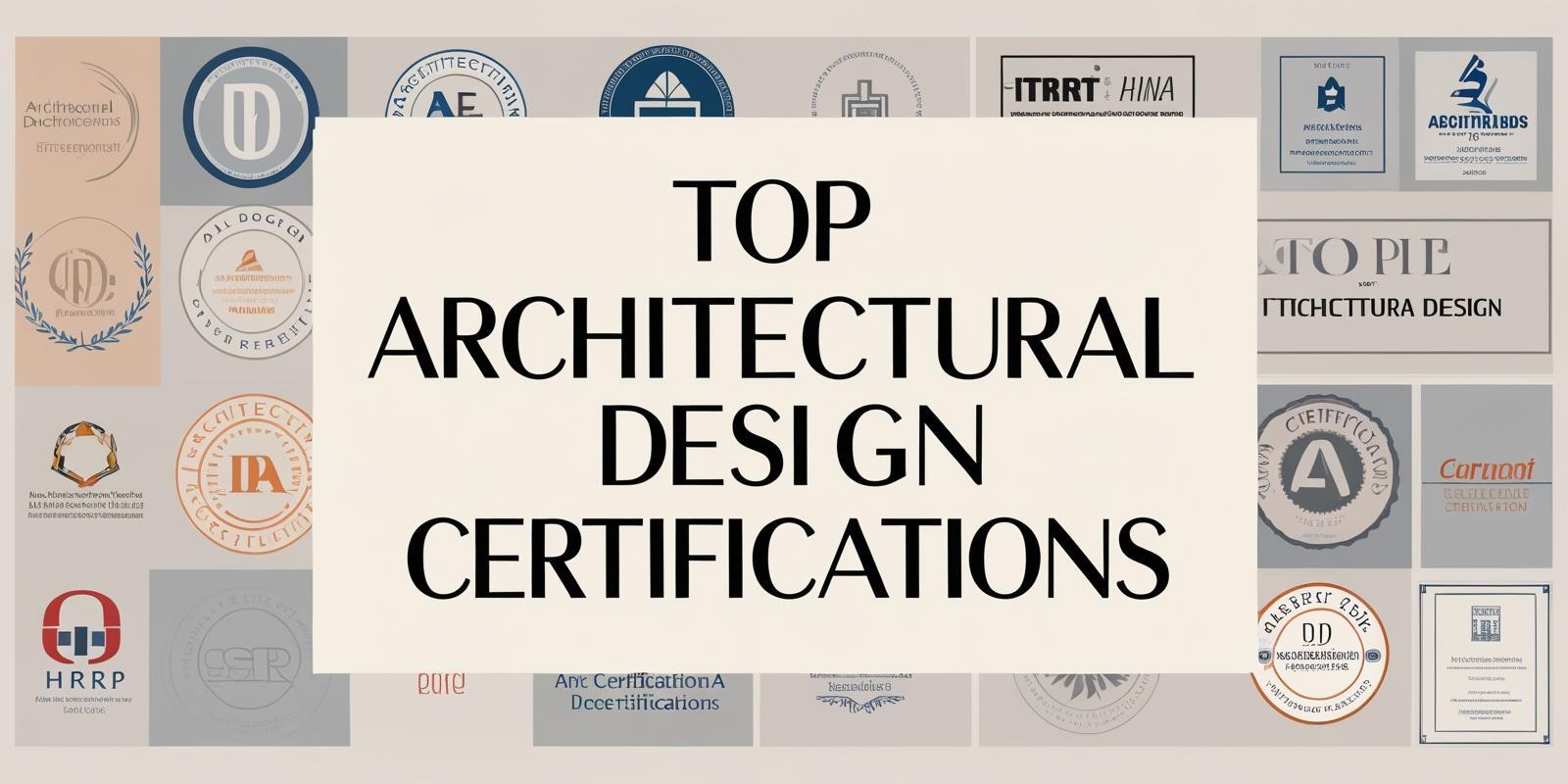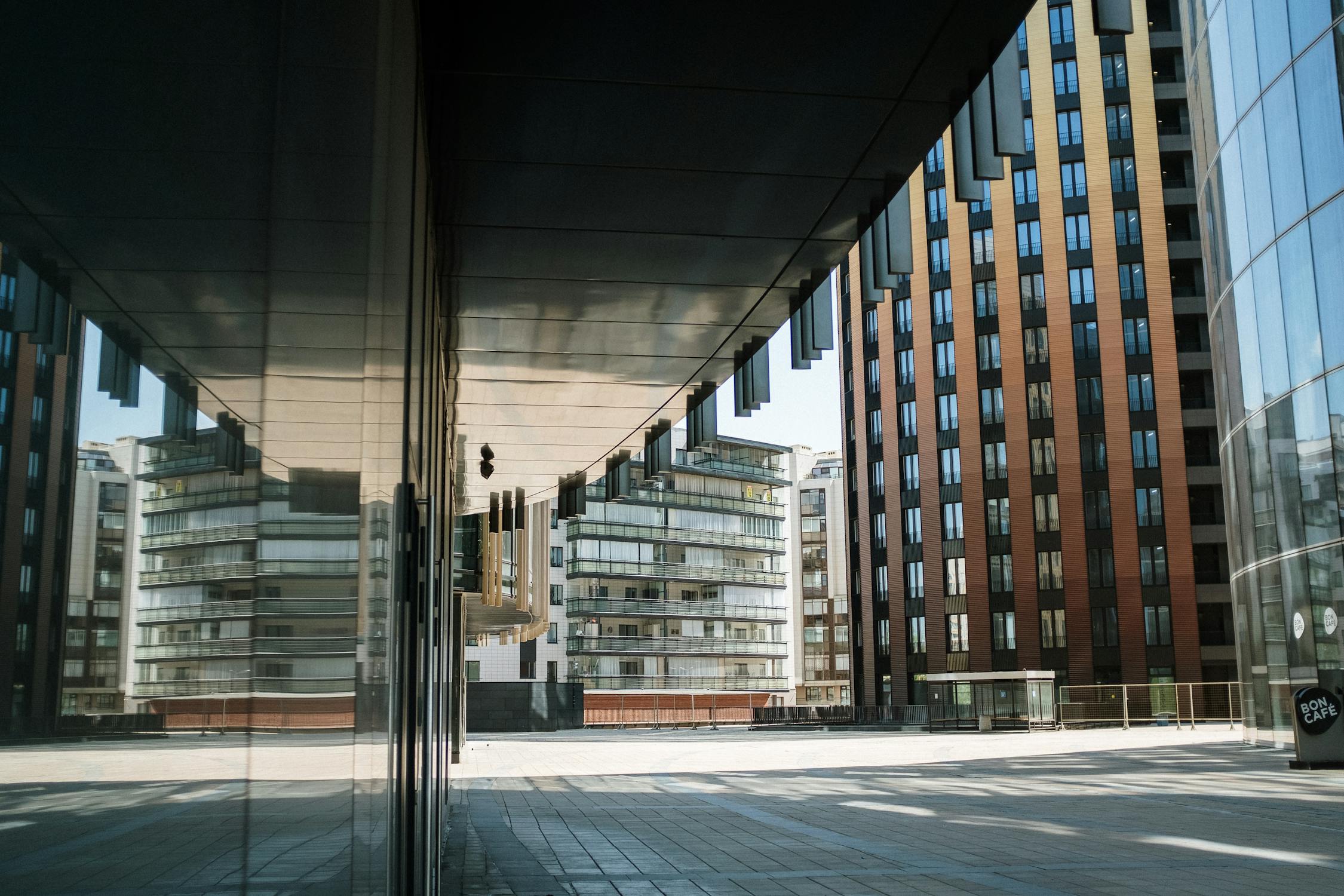
The architectural landscape in 2025 is transforming rapidly, blending sustainability, smart technology, and human-centered aesthetics. According to the U.S. Bureau of Labor Statistics, demand for architectural designer jobs is expected to rise by 8% by 2032. This aligns with growing investments in sustainable infrastructure, architecture design software, and net-zero buildings. Meanwhile, tools like Building Information Modelling (BIM) and modular methods are reshaping the architectural design process, from concept to execution.
Professionals pursuing a certificate in architectural design or mastering modern architecture software must stay up-to-date with emerging styles, technologies, and client expectations. This article explores the modern architecture trends shaping 2025 and what they mean for aspiring and established architects alike.
Why Do Architectural Design Trends Matter in 2025?
In 2025, architectural style trends are not just about aesthetics; they are a response to pressing global challenges. From extreme climate events to urban housing shortages, architectural designs are now expected to:
- Support environmental sustainability
- Enhance occupant well-being
- Utilize smart, data-driven systems
- Adapt to hybrid work and living needs
Architecture designing today combines technical proficiency with creativity. Understanding the architecture design concept behind each trend allows professionals to offer relevant architectural design services, adopt sustainable practices, and use the right architecture design software.
Moreover, these trends affect hiring and training. Firms now seek candidates with strong architecture design skills, including both technical skills of an architecture designer (like BIM and energy modeling) and soft skills of an architect designer (like communication and client collaboration).
What Are the Top Architectural Design Trends in 2025?
As architecture continues to evolve in response to climate change, urban density, and technological disruption, certain architectural design trends are emerging as the blueprint for the future. Below are the most impactful, innovative, and in-demand trends that every architectural designer should watch in 2025.
1. Biophilic Design

Biophilic design incorporates vegetation, natural light and organic textures into building plans to enhance productivity by up to 15% and eliminate sick days by almost 20% in offices. It is vital for large-scale architectural designers who are more conscious of their healthy and sustainable design.
2. Sustainable Architecture & Sustainable Design
.jpg?width=5760&height=3840&name=pexels-markusspiske-129107%20(1).jpg)
Sustainable architecture design emphasizes energy efficiency, renewable materials, and reduced carbon footprints. These architectural style trends are now central to the architectural design process. Designers with strong architecture design skills are using smart tools to meet global sustainability goals while offering eco-conscious architectural design services.
3. Adaptive Reuse
.jpg?width=3200&height=1945&name=pexels-jakubzerdzicki-27992248%20(1).jpg)
Adaptive reuses the buildings already created, decreasing the embodied carbon by more than 40%, as the World Green Building Council estimates. The trending architectural designs reduce wastage, save heritage, and follow the principles of a circular economy and sustainable architecture design.
4. Smart Buildings
.jpg?width=6000&height=4000&name=pexels-thanhly-27649774%20(1).jpg)
Smart buildings can control light, HVAC, and security with IoT, automation, and AI, defining comfort levels and minimizing energy consumption. Building efficiency Investment hit more than USD 250 billion in building efficiency in 2022, an increase of 14%. Intelligent integration empowers the process and architectural design by using data-driven optimization.
5. Sustainability

Contemporary architectural designs are based on the concept of sustainability. As the construction industry is the source of 37% of all CO2 emissions in the world, the problem of sustainable building design is vital. Energy modelling, lifecycle analysis, and eco-certified materials are the new and most important priorities on the architectural designers' agenda.
6. Technology in Architecture

The architecture of technology refers to using BIM, parametric and real-time visualization tools. These are tools that make architectural design time efficient and help in collaborations. Architects equipped with modern architecture design and architecture software can develop more intelligent, flexible environments and comply with complicated clients and regulatory demands.
7. Modular Construction

Modular construction enables faster, scalable, and efficient architectural design services. Prefabricated modules allow reduced waste and lower costs. It’s one of the most efficient architectural design trends in 2025, requiring architecture design software proficiency and a solid grasp of architectural design principles.
8. Parametric Design

Parametric design uses algorithms and data to generate fluid, responsive architectural designs. It enhances form and function by aligning with technical and environmental inputs. Architects with strong architecture design skills and access to advanced architecture software can craft unique, high-performance buildings.
9. Smart Integration

Smart integration unites all building systems lighting, security, climate into one interface. This architectural design trend supports energy efficiency and occupant comfort. It’s especially valuable in commercial spaces, where architectural designers must blend soft skills with technical architecture design concepts for seamless operation.
10. Building Information Modelling (BIM)

BIM is revolutionizing the architectural design process with real-time collaboration, error reduction, and lifecycle data integration. This essential architecture design software enhances decision-making across teams. A certificate in architectural design often includes BIM training to prepare professionals for industry-standard workflows.
11. Maximalism

Maximalism in modern architecture trends embraces color, texture, and personal expression. This shift in architectural style trends allows architects to showcase creativity while delivering functional designs. Architectural design company use maximalist interiors to craft bold, individualized environments that reflect cultural richness and identity.
12. Multi-Functional Spaces

Multi-functional spaces combine uses like work and relaxation in one area. This architectural design trend meets urban demands for space efficiency. With smart layouts and convertible furniture, architectural designers apply both technical and soft skills to meet hybrid lifestyle needs in architecture designing.
13. Net-Zero Buildings

Net-zero buildings generate as much energy as they consume. Though still under 1% of commercial buildings, this market is doubling roughly every two years, turning sustainable architecture design into a growth sector for architectural designers and developers.
14. Resilient Architecture

Resilient architecture prepares buildings to withstand climate risks like floods, fires, and earthquakes. It’s a critical architectural design trend, demanding both soft skills of an architect designer and deep technical knowledge. It’s becoming a cornerstone of the architectural design process worldwide.
Conclusion
The architectural world in 2025 is marked by thoughtful innovation. Architects today are not just creators they are technologists and environmental stewards. These architectural design trends reflect a broader shift toward holistic, sustainable, and data-driven approaches. From BIM integration and smart materials to adaptive reuse, each trend highlights the growing importance of flexibility, ethics, and user-centric design thinking.
For those looking to stay ahead, consider Novatr’s Building Information Modeling Course for Architects, a future-focused program that equips professionals with real-world technical and design capabilities. Explore more through Novatr or check out the resource page to elevate your skills and stay industry-relevant.
By embracing emerging architecture design concepts and technologies, professionals can better meet the evolving needs of clients, communities, and the planet.
FAQs
1. What are the major architectural design trends to watch in 2025?
In 2025, key trends include biophilic design, net-zero energy buildings, modular construction, and the increased use of AI and automation in design workflows. Architects are focusing on creating sustainable, tech-integrated, and human-centric spaces.
2. How is technology influencing architecture in 2025?
Technology is playing a transformative role through tools like AI-powered design assistants, BIM advancements, generative design, and AR/VR visualizations. These innovations enhance collaboration, reduce errors, and improve efficiency from concept to construction.
3. Why is sustainability still a dominant trend in architecture?
With climate change becoming more urgent, sustainable design remains critical. In 2025, architects prioritize energy efficiency, recycled materials, green roofs, and passive design strategies to reduce environmental impact while meeting regulatory standards.
Was this content helpful to you



.jpg)





.png)

.png)